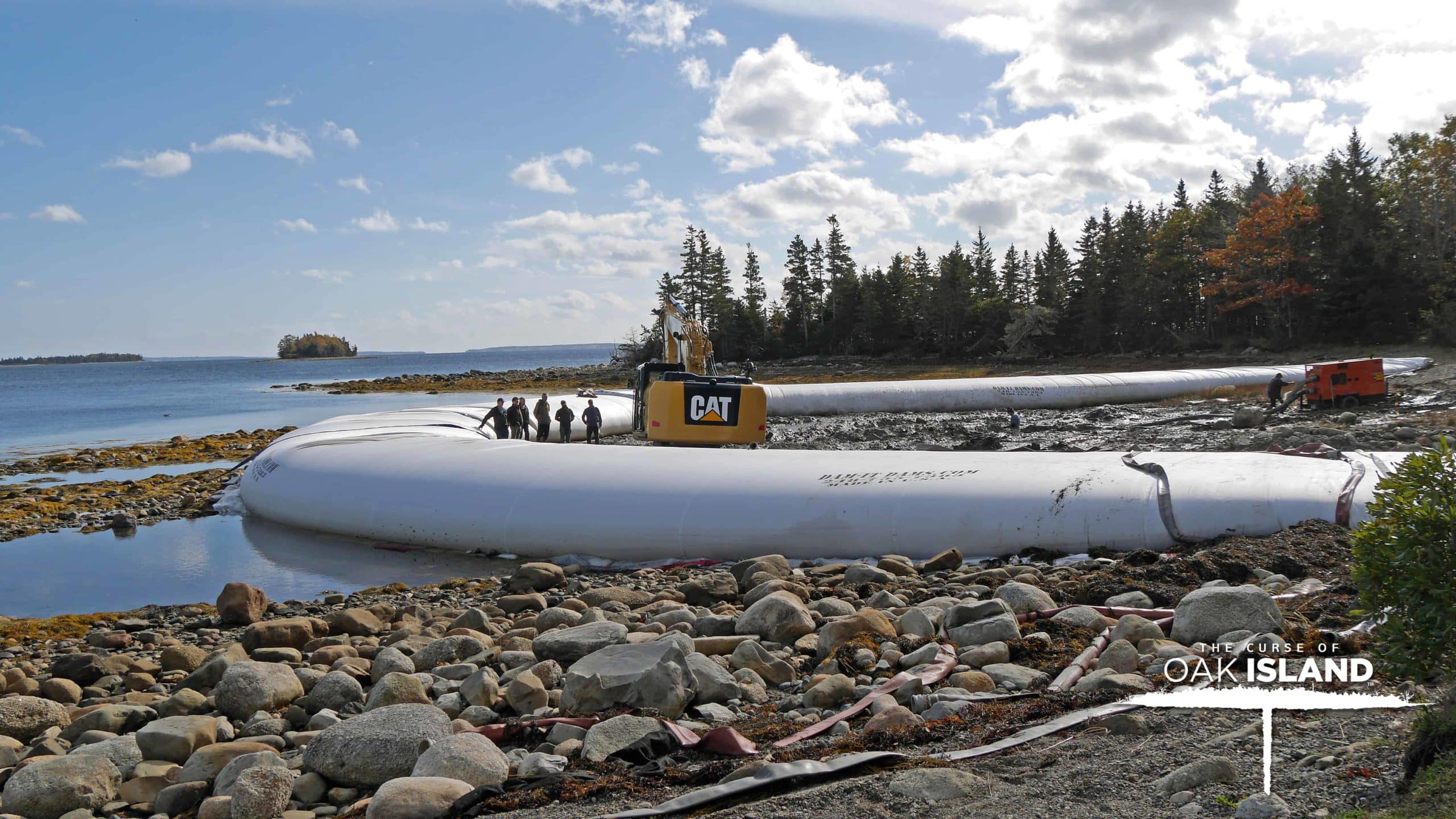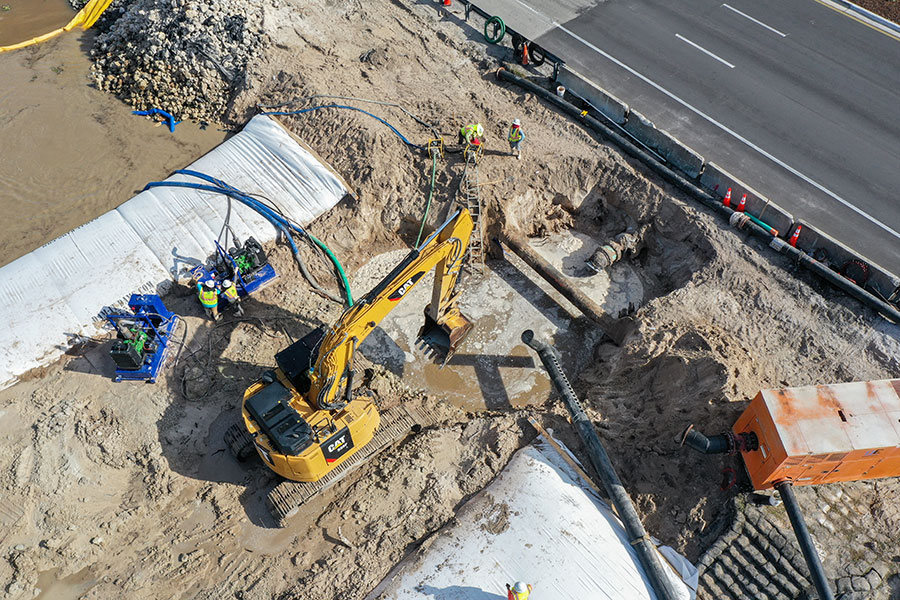Preventable accidents are one of the leading causes of injury and death on construction sites. Costing the industry millions each year and affecting the families of thousands of workers, such accidents can be mitigated by following certain practices and policies that will save lives. Here are a few of the most effective heavy equipment safety tips to help make your worksite more secure and productive.
Some of the most common accidents on construction sites include:
- Short and long-distance falls
- Electrocution from improper use or damaged equipment
- Swinging or projectile objects
- Eye injuries from stray particles
- Crushing injuries from falling or rolling equipment
- Being caught between or inside machinery
- Lung damage from inhalation of chemicals or particulates
Provide Proper Training And Regular Safety Courses
Even the most veteran construction workers will need help remembering every detail of operation and safety around heavy equipment. To maintain a safe and effective environment, you need only look toward the practices of one of the most influential organizations in the world. There is a reason that the US Military drills on their machines regularly, as it reduces accidents and makes routine safety practices an instinct rather than a constant thought. Daily or weekly safety briefs alongside annual or biannual refresher courses can effectively mentor and challenge workers to keep up on potentially life-saving but straightforward procedures.
Properly Maintain All Equipment
Care for and supervise your equipment like it is one of your favorite employees. Keep your heavy equipment and everything down to the smallest drill in good condition so it can perform flawlessly every time. Improper or poorly maintained equipment is more likely to fail; when that happens, it can be dangerous and expensive.
Require Safety Gear To Always Be Worn
You and your crews should always wear the appropriate safety gear, whether a respirator on a dusty work site, goggles, or hard hats. Safety equipment is situational, but as the old saying goes, it is better to have it and not need it than to need it and not have it.
Watch Out For Your Employees And Let Them Rest
Give your workers regular breaks and proper off time to rest and recover. Even the most well-trained specialist can suffer from fatigue, so scheduling breaks into the day and time off for haggard employees is imperative. Unhealthy practices like overworking or intense overtime periods will often make projects take even longer due to less effective work, and tired workers will need help managing equipment effectively.
Display Warning Signs On All Hazardous Objects
Brightly colored and reflective warning signs should be posted on all heavy equipment. From electrical hazards to safety cones surrounding a crane, a well-marked construction site ensures pedestrians and workers do not inadvertently wander into hazardous areas.
Enforce Proper Storage And Stowage Of Equipment
Loose equipment can fall or be damaged accidentally. Furthermore, hazardous materials must always be placed in proper storage containers to limit the chance of explosion, fire, or toxic exposure. Safety measures and guidelines can often be found on the packaging of such materials or from OSHA guidelines.
Be Careful Around Water
If your construction site is near or in water, you must be extra careful. You likely want to use some cofferdam system to control the water while completing your project. Inflatable cofferdams from Dam-It-Dams are a great option to quickly and efficiently control water during any construction project.
Reach Out to Dam-It-Dams To Learn More About Construction Site Safety
The team at Dam-It-Dams has helped countless construction companies maintain safe construction sites. To learn more about how effective inflatable cofferdams can be if water intrusion is an issue on your construction site, call us today at 810-695-1695.


